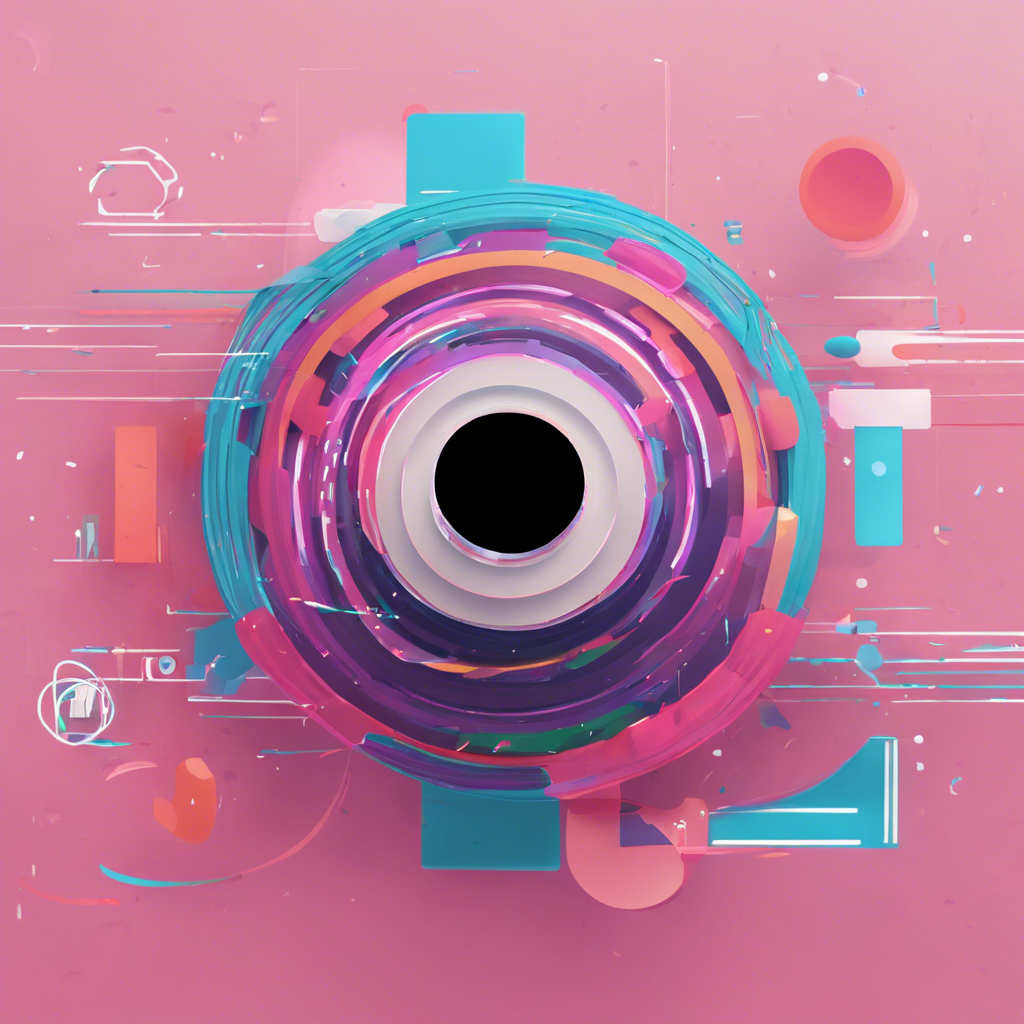Is gif a motion design?
Is GIF a Motion Design?
When it comes to visual communication, motion plays a crucial role. Whether it’s conveying complex ideas, adding flair to a website, or simply expressing emotions online, motion graphics and animation are powerful tools. But what about GIFs? Are they considered a form of motion design?
Understanding Motion Graphics and Animation
Before we delve into the specifics of GIFs, let’s clarify the difference between motion graphics and animation:
- Motion Graphics:
- Definition: Motion graphics take static graphic design elements and infuse them with animation and movement.
- Examples: Imagine the bars in a graph rising up for visual flair or a logo spinning around on a website. These are classic examples of motion graphics.
- Narrative Aspect: Motion graphics typically lack a specific narrative. They focus on giving movement to design elements without necessarily telling a story.
- Use Cases: Motion graphics are excellent for illustrating complex ideas visually. They serve as visual aids, making abstract concepts easier to understand. For instance, think of those password fields that vibrate or turn red when you enter an incorrect password—simple motion graphics that instantly convey a message[^1^].
- Animation:
- Definition: Animation is the broader term that encompasses various forms of moving imagery.
- History: Animation has a rich history dating back over a century. From traditional hand-drawn cartoons to modern 3D animations, it covers a wide range of styles and techniques.
- Narrative Aspect: Animation often involves storytelling. Whether it’s animating characters in a fairy tale or creating an entire animated film, narrative plays a significant role.
- Use Cases: Animation integrates seamlessly with live-action footage, such as videos or websites. It brings characters, scenes, and stories to life in captivating ways[^3^].
The Role of GIFs
Now, let’s address the question: Is a GIF a form of motion design?
Animated GIFs are digital images that loop a series of pictures to create motion. They have become ubiquitous on the internet, used for expressing emotions, humor, and conveying short messages. Here’s what you need to know:
- Looping: GIFs repeat their sequence of frames indefinitely, creating a continuous loop.
- Limited Complexity: Unlike full-fledged animations, GIFs are relatively simple. They’re ideal for conveying brief moments or reactions.
- Visual Appeal: GIFs can be eye-catching and entertaining due to their repetitive motion.
- Use Cases: GIFs are commonly used in social media, messaging apps, and online forums. They’re perfect for quick reactions, memes, and sharing snippets of video content.
In summary, while GIFs fall under the umbrella of animation, they are a specific subset—a lightweight, looping form of motion design. They serve a unique purpose in online communication, capturing attention and adding a touch of movement to static content
So, the next time you share a GIF, remember that you’re participating in the fascinating world of motion design! 🎥🌟
Discover more from EMD
Subscribe to get the latest posts to your email.
